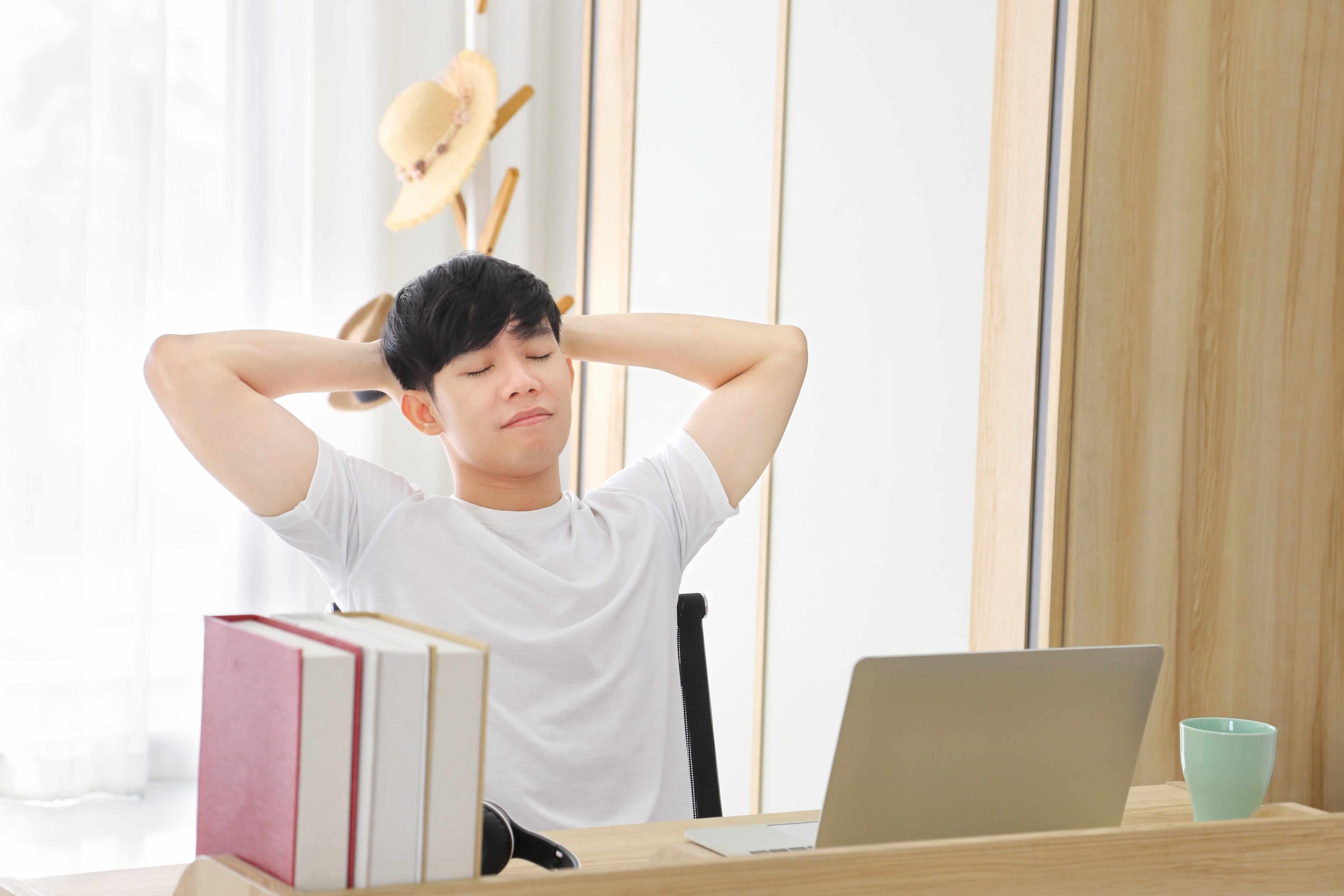
The Dark Side of Sedentary Activities: How Preschoolers are Affected
Preschoolers, full of energy and curiosity, are constantly eager to explore the world. However, in today’s digital age, technology has become inseparable from our lives, and preschoolers are no exception. They spend more time on sedentary activities like watching TV, playing video games, and using smartphones and tablets. While seemingly harmless for keeping them engaged, excessive screen time can negatively impact their physical and mental well-being. This article delves into the effects of sedentary activities on preschoolers and provides tips to limit screen time.
The Physical Effects of Sedentary Activities
Sedentary activities can harm preschoolers’ physical health, increasing the risk of obesity, diabetes, high blood pressure, and heart disease. Prolonged screen time may also lead to poor posture, back pain, and eye strain.
The Mental Effects of Sedentary Activities
Excessive screen time affects not only physical health but also mental well-being, leading to poorer cognitive development, which in turn impacts learning and academic performance. Studies also link high screen time to increased anxiety and depression due to reduced social interaction.
How to Limit Preschoolers’ Screen Time
Parents can limit screen time by setting specific time frames, encouraging physical activities, providing alternatives like reading and playing with toys, being role models in limiting screen time, and creating screen-free environments.
The Role of Preschool Teachers
Teachers play a crucial role in limiting sedentary activities by incorporating physical activities into lessons, limiting recreational screen time, providing alternative activities, and communicating with parents about healthy screen time habits.
The Importance of Parental Involvement
Parents are key in promoting healthy screen time habits by setting limits, providing alternatives, encouraging physical activity, modeling healthy behaviors, collaborating with the community, and seeking guidance from educators and healthcare providers.
Challenges and Strategies
Challenges like screen prevalence, lack of physical activity opportunities, and health conditions require strategies such as setting limits, providing alternatives, incorporating physical activity, creating screen-free environments, modeling healthy behaviors, and collaborating with the community.
Top Tips for Limiting Sedentary Activities
Key tips include creating routines with physical activity, providing active play opportunities, setting screen time limits, offering alternatives, encouraging physical activity, modeling healthy behaviors, collaborating with the community, seeking support, and making physical activity enjoyable.


